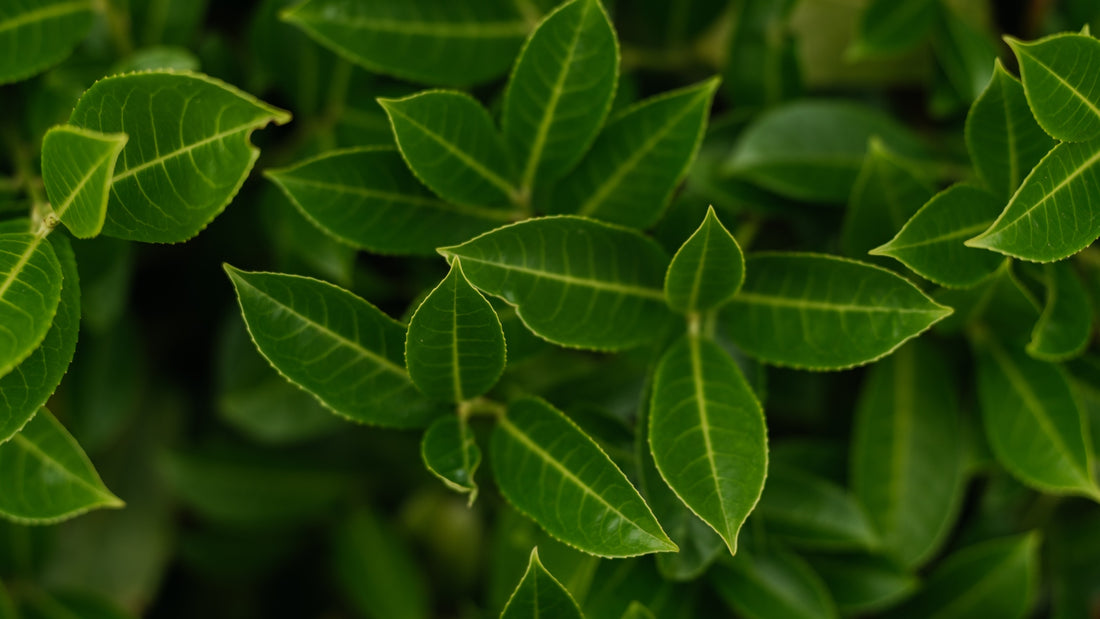
Portuguese Laurel vs. Cherry Laurel: A Comparison
Share
When it comes to choosing the right shrub for your garden or landscape, Portuguese Laurel and Cherry Laurel are two popular options. Both of these evergreen shrubs offer attractive foliage and can be used for hedging or as standalone plants. However, there are some key differences between the two that you should consider before making a decision. In this blog post, we will compare Portuguese Laurel and Cherry Laurel in terms of their appearance, growth habits, maintenance requirements, and suitability for different climates. By the end, you will have a better understanding of which shrub is the best fit for your specific needs.
Appearance
At first glance, the two may look very similar. Both are evergreen shrubs with glossy, dark green leaves. However, upon closer inspection, there are some noticeable differences. Portuguese laurel has larger, broader leaves compared to the smaller, more narrow leaves of cherry laurel. Additionally, the leaves of Portuguese have a more pointed tip, while the leaves of cherry laurel are more rounded.
Growth Habits
The two also have different growth habits. Portuguese laurel is a slower growing plant, reaching a maximum height of 10-15 feet. It also has a more compact and rounded shape. On the other hand, cherry laurel is a faster growing plant, reaching heights of up to 20 feet. It also has a more upright and columnar shape.
Flowering and Berries
One of the main differences between them is their flowering and berry production. Portuguese laurel produces small, white flowers in the spring, followed by small, black berries in the fall. These berries are not edible and can be messy if left to fall on the ground. On the other hand, cherry laurel produces larger, white flowers in the spring, followed by red berries in the fall. These berries are not only decorative, but they are also edible for local wildlife.
Hardiness
Another important factor to consider when choosing between Portuguese laurel and cherry laurel is their hardiness. Portuguese laurel is more cold hardy, able to withstand temperatures 10 degrees lower than Cherry laurel. This makes Portuguese laurel a better choice for colder climates.
Uses
Both Portuguese laurel and cherry laurel have a variety of uses in landscaping. Portuguese laurel is often used as a hedge or screen due to its compact and rounded shape. It can also be used as a specimen plant or in a mixed border.
Cherry laurel is also commonly used as a hedge or screen, but its taller and more upright growth habit makes it a better choice for privacy. It can also be used as a specimen plant or in a mixed border.
In conclusion, while the two may seem similar, there are some key differences between these two plants. Consider the differences in appearance, growth habits, flowering and berry production, hardiness, and uses when deciding which plant is best for your garden. With this knowledge, you can confidently choose between Portuguese laurel and cherry laurel for your landscaping needs.



